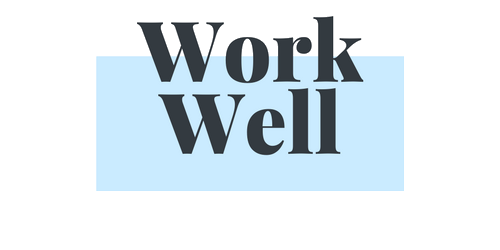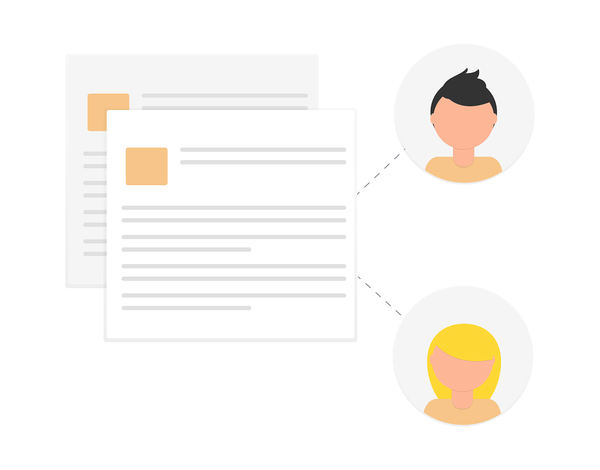Follow Melissa on LinkedIn. Sign up to get new Work Well articles.
To be successful, teams need to work together.
As your organization scales, siloing can become a very real problem. As teams expand, agendas fracture and new employees join up, it gets easier and easier for people to begin working separately instead of together.
For large organizations, this issue can be even more apparent. Getting your teams to collaborate can be a daunting challenge when your company spans multiple floors or offices or even countries.
Collaboration is an important ingredient for a healthy workplace and can boost productivity too. Research shows that people who work collaboratively at a task can focus 64% longer than those who work at the same task individually. Collaborative workers are even more engaged, less tired and more successful.
Humans are social creatures who learn through sharing ideas and understanding others. Think of collaboration as your organization’s superpower. A collaborative workplace will set you apart and help your company do more and move quicker. Let’s dive into how to get your team thinking, planning and working collaboratively.
Office Design
Your office layout reinforces your brand, culture and core values, and it can also have an effect on the way people work. Spaces that are designed to encourage interaction can often lead to more opportunities for collaboration and knowledge sharing.
Open concept offices have become increasingly popular because they allow for more transparency and minimize the sense of hierarchy. Having less walls, individual offices and doors reduces the formation of silos and create the perception of a level playing field. It encourages interaction between departments and levels of the organization.
Environments have to be well suited for the role, a workspace for your social media marketing team might have a different layout than one meant for your R&D department. Some jobs require areas for quiet, focused work while others need to allow for discussion and the quick exchange of ideas and feedback. Having a variety of “hotel desks”, unassigned workspaces that people can choose to use, will give your employees more options to move around and work alongside different teams in your organization.
Regardless of the roles on your team, you should always consider adding communal, social spaces that act as an area for recreation as well as collaborative work. Creating new opportunities for employees from different teams to work and relax together will inevitably lead to sharing updates on projects and increased empathy. Once your team starts sharing their work with one another, they’ll be able to get organic feedback and suggestions from outside of their discipline and find new ways to work together.
Tools
Creating a collaborative workplace is more than just where you work, it’s also what you do your work with. Making sure that your team has the right tools to help them work together effectively is a crucial step in getting your team to collaborate and share.
Here are some great tools that encourage collaboration:
Slack
This incredibly powerful instant messaging platform not only lets you get in touch with anyone in your organization quickly, but also offers up tons of features for helping share information.
Slack lets you create chat groups called “Channels”, organized around departments, recreational interests, office locations—anything. Channels give employees the ability to see what other teams are up to and interact with people across the organization that they never would have spoken to otherwise.
Google Drive
While Google Drive is a great cloud storage option, it’s also a platform that hosts a number of handy collaboration-focused alternatives to the Microsoft Office Suite. For instance: Google Docs, a Microsoft Word equivalent, lets multiple users edit the same document simultaneously and leave comments in an organized way.
These apps help your team members avoid tedious back-and-forth exchanges over email and instead let them quickly get ideas out and get feedback instantly.
Trello
Trello is a sophisticated project management tool that lets you organize ideas, tasks and more into boards and lists that can be accessed and edited by entire teams at once. With Trello, team members can easily share updates, assign tasks and set due dates to keep large projects under control and moving along effectively.
Want more articles just like this one? Sign up here to get them delivered right to you.






0 comments